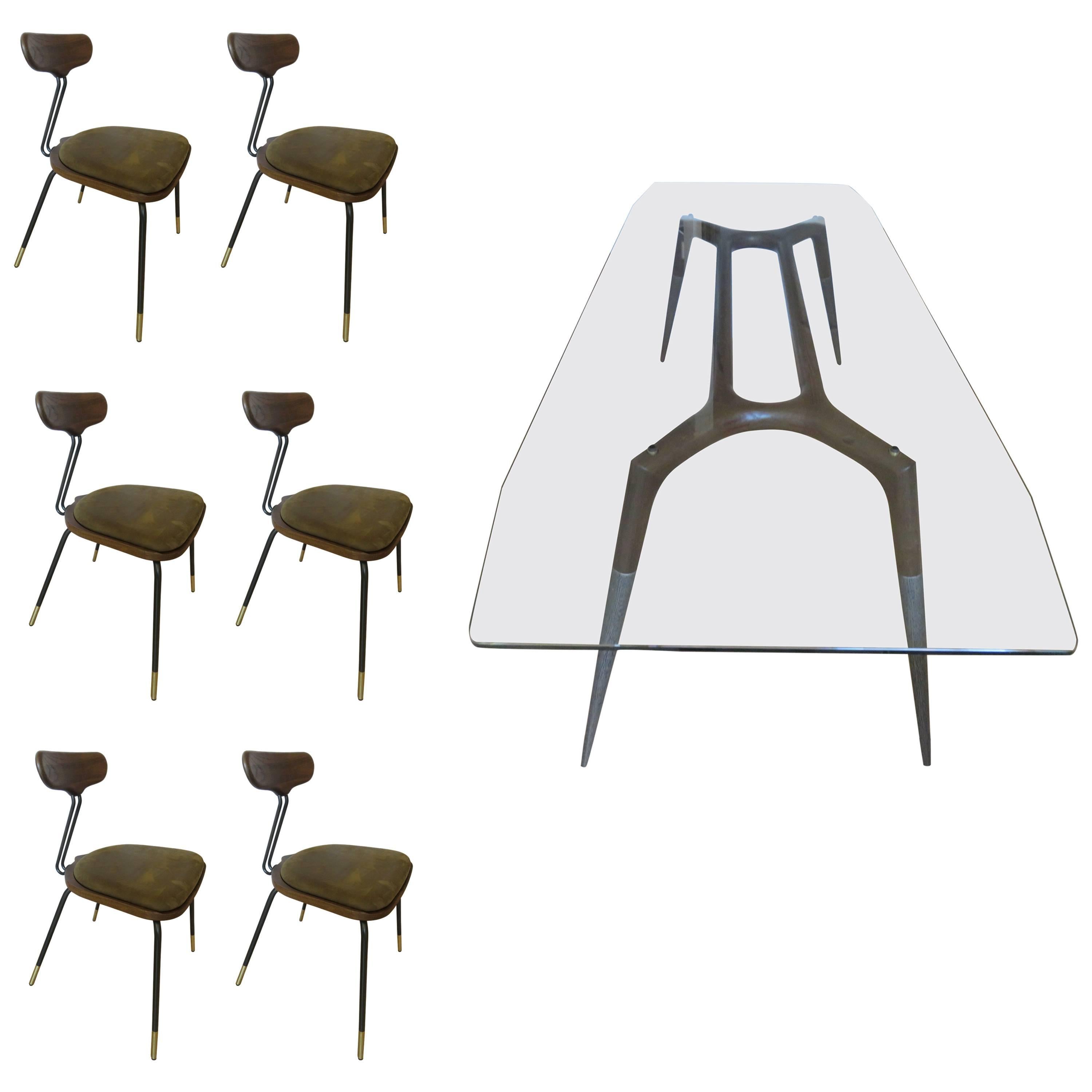Design & Manufacturing of the “Italy 2000” Dining Chair: Italy 2000 Dining Chair

The “Italy 2000” dining chair, a hypothetical design for the sake of this exercise, likely reflects the stylistic trends and manufacturing capabilities of the late 20th century. Its design would probably incorporate elements of both traditional Italian craftsmanship and the emerging industrial production methods of the era. This analysis will explore potential materials, manufacturing processes, and comparative design aspects of such a chair.
Materials and Their Properties, Italy 2000 dining chair
The “Italy 2000” chair might utilize a combination of materials common in Italian furniture manufacturing during that period. The frame could be constructed from beech or ash wood, chosen for their strength, durability, and relatively easy workability. These hardwoods are abundant in Italy and readily available to furniture makers. The seat and back might be upholstered with a variety of materials, including high-quality leather (a nod to Italian luxury), durable fabrics like linen or cotton, or even molded plywood for a more minimalist aesthetic. Metal components, such as screws or possibly a metal base, would likely be steel or possibly brass for added visual appeal. The finishes would likely involve varnishes or lacquers to protect the wood and enhance its appearance.
Manufacturing Process
The manufacturing process would likely begin with detailed design sketches and potentially 3D modeling. These would be used to create templates for cutting the wood components. Specialized woodworking machinery, such as CNC routers, would efficiently cut the intricate shapes of the chair’s legs, back supports, and seat frame. The wood would then be sanded and finished. For upholstered versions, the seat and back would be prepared using specialized sewing machines and upholstery techniques, before being attached to the frame. Assembly would involve joining the various components using wood screws, dowels, or glue, potentially employing specialized joinery techniques for strength and durability. Finally, the chair would undergo quality control checks before packaging.
Comparative Design Analysis
Comparing the hypothetical “Italy 2000” chair to similar chairs of the period, we might find similarities in material choices and basic structural designs. Many chairs from this era employed a similar combination of wood frames and upholstered seats. However, the “Italy 2000” chair could distinguish itself through unique design features, such as a more modern silhouette, perhaps with a sculpted backrest or tapered legs, reflecting the evolving design language of the time. The choice of upholstery fabric and its color could also set it apart, adding a personal touch to the overall design.
Assembly Guide
The following table details the step-by-step assembly of an “Italy 2000” dining chair, assuming a standard design with a wood frame and upholstered seat.
| Step Number | Action | Tools Needed | Notes |
|---|---|---|---|
| 1 | Attach the front legs to the seat frame. | Screwdriver, screws, wood glue | Ensure proper alignment before tightening screws. |
| 2 | Attach the back legs to the seat frame. | Screwdriver, screws, wood glue | Ensure alignment with the front legs. |
| 3 | Attach the back support to the legs. | Screwdriver, screws, wood glue | Use pilot holes to prevent wood splitting. |
| 4 | Attach the seat cushion to the frame. | Staple gun, staples | Ensure even tension for a neat finish. |
| 5 | Attach the backrest cushion (if applicable). | Staple gun, staples | Ensure proper alignment and even tension. |
| 6 | Final inspection and cleaning. | Cloth, cleaning solution (optional) | Check for any loose parts or imperfections. |
